Global players
On Saturday, Switzerland-headquartered MSC Cruises resumed its Chinese port operations in Shanghai. Its flagship vessel, the MSC Bellissima, became the first international cruise liner to sail from the Chinese mainland since the pandemic.
"This marks an important milestone in the global cruise industry's recovery," said Gianni Onorato, CEO of MSC Cruises, at a ceremony on Friday to celebrate the event.
"The restart of international cruise operations from China sends a strong signal to the world, and we are glad to experience the incredible speed of recovery here in the Chinese cruise market."
Onorato said the resumption of operations reaffirms his company's commitment to China, which remains as strong as ever.
"China continues to play an important strategic role for MSC Cruises," he said.
The 172,000-gross-tonnage MSC Bellissima is the largest cruise ship operating in Asia. The liner can accommodate up to 5,686 guests in 2,217 cabins. MSC Cruises is the world's third-largest cruise operator by passenger capacity.
"We are fulfilling our commitment to bringing to the region a modern Asian flagship and we are dedicated to further investing in China and benefiting the local economy," Onorato said.
On Friday, MSC Cruises also announced its 2024-25 winter schedule for China, with two ships to operate from four Chinese ports in the first year of the company's return to the region.
"This is the right time for growth. That's why we are very confident that China's market was waiting to see more ships," Onorato said.
MSC Cruises is not alone. On April 27, the world's largest global cruise line operator, Royal Caribbean International, will sail Spectrum of the Seas from Shanghai.
Up until May 2026, Royal Caribbean will offer more than 120 cruises, with itineraries ranging from four to seven nights, and destinations in Japan including Tokyo, Osaka, Kobe, Fukuoka, Kumamoto, Nagasaki, Kagoshima and Okinawa.
"Since we opened sales on June 29, 2023, bookings for cruise ship travel have been surging, and family suite options are already sold out," said Liu Zinan, senior vice-president of the Royal Caribbean Group.
Liu anticipates that "booking volume in the second quarter of this year will be four times that of the pre-pandemic period, with a potential nine-fold increase compared to historical levels in the third and fourth quarters."
Royal Caribbean was one of the first international cruise companies to enter the Chinese market and has cultivated it for 15 years, said Liu, who is also chairman of the Royal Caribbean Cruises in Asia.
"Royal Caribbean has played a catalyst role in fostering a golden decade of cruise development over the past decade, witnessing the remarkable growth of the Chinese cruise industry during its golden age, with annual growth rates exceeding 50 percent," Liu said.
In recent years, the development direction of China's cruise industry has become more diversified, he said.
"After three years of reflection, consumers' demand for cruise products is changing, which also brings us new market opportunities. For instance, there is an emerging trend toward younger demographics and an increasing desire for diverse onboard entertainment experiences, which require guest services to become more diversified for different age groups," Liu said.
Huang Ruiling, president of MSC Cruises China, said: "We have upgraded many dining options and added some Chinese cultural elements to suit Chinese tastes."
Huang described MSC Bellissima as a vessel with Chinese imprints. "From the ship's repairs and maintenance, procurement of raw materials and supplies, to staff recruitment and operations, this is a cruise ship that has been upgraded specially for the Chinese market and the preferences of Chinese consumers," Huang said.
After home port operations resume in China, all the produce for Chinese cuisine served onboard will be procured locally, she said.
In order to better serve its Chinese guests, up to 25 percent, or 400 of MSC Bellissima's crew members, are fluent in Chinese.








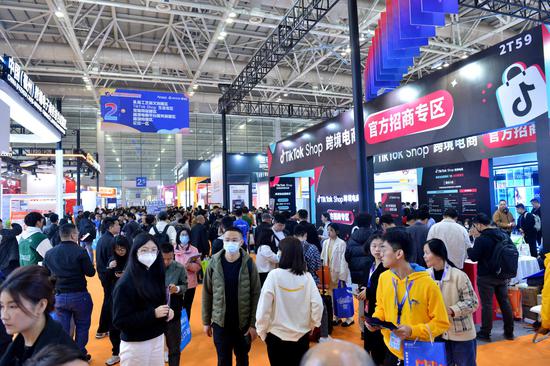










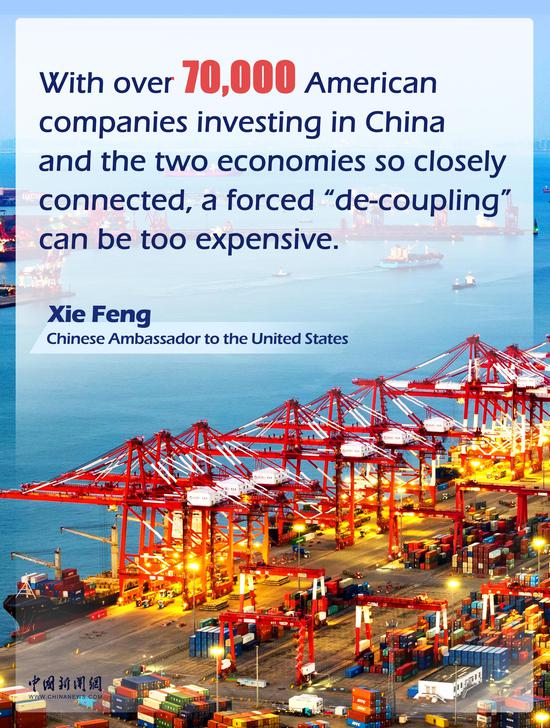





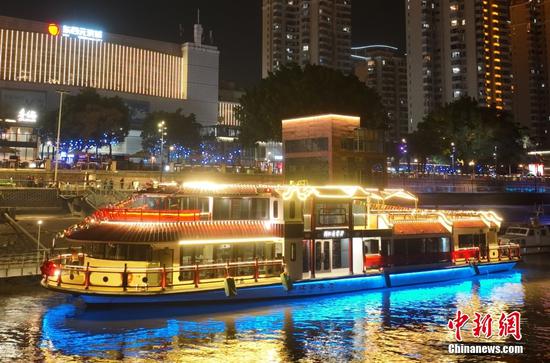


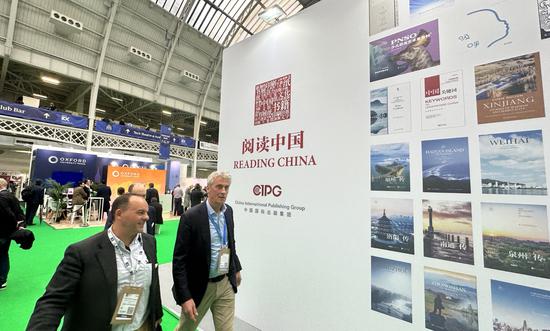




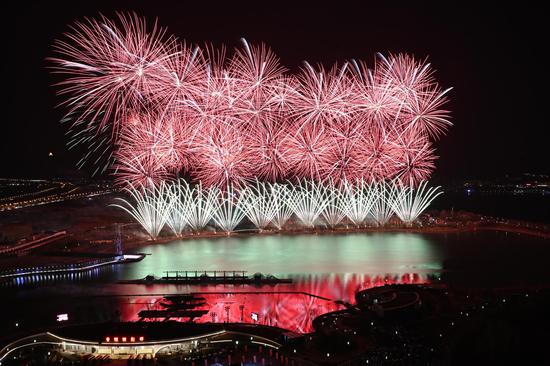
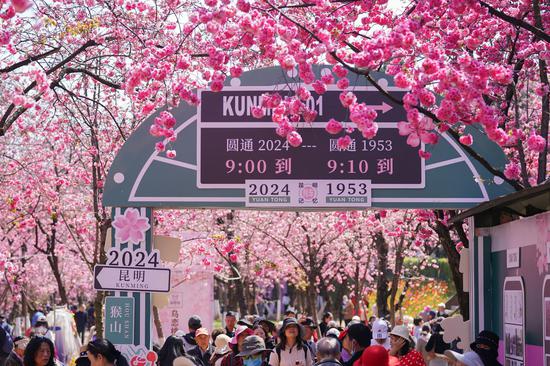


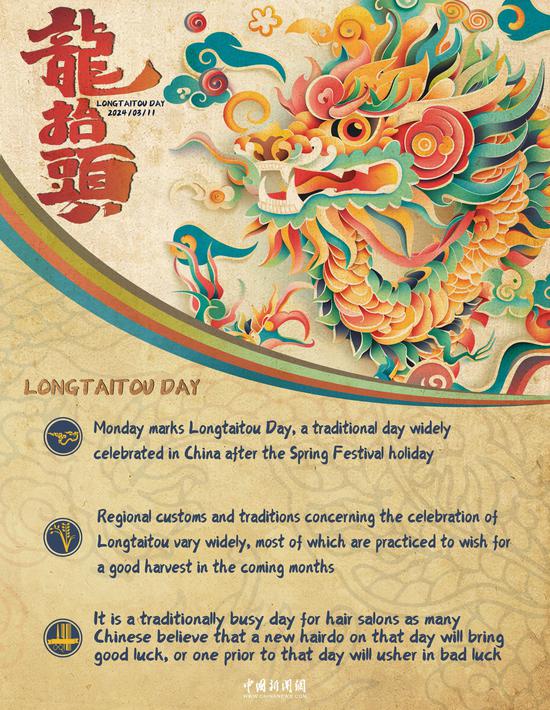

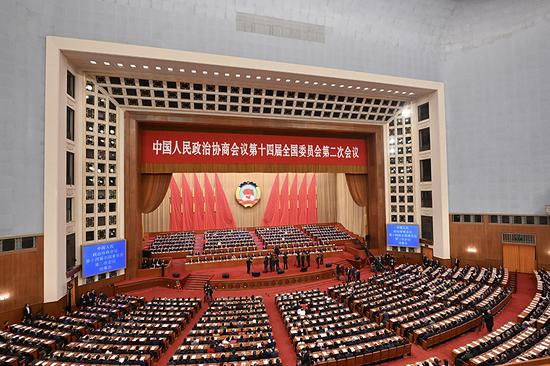










 京公网安备 11010202009201号
京公网安备 11010202009201号